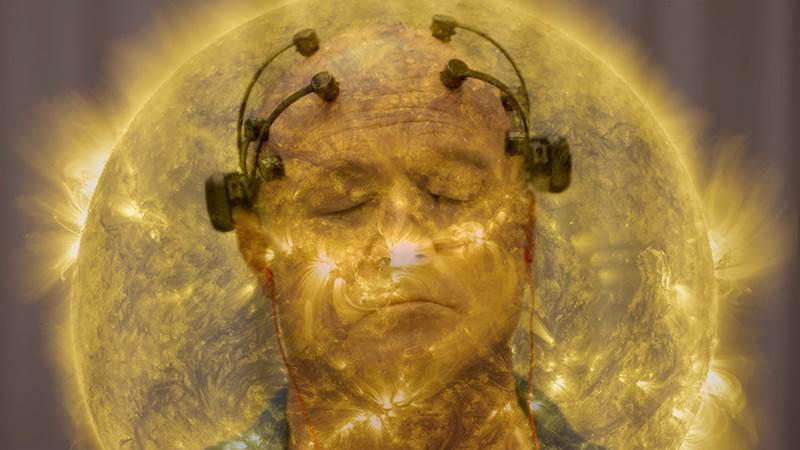Documenting a subject is at the core of most documentaries, but Theo Anthony attempts to pull the lens back in All Light, Everywhere. In a film about how we as humans physically see the world and how scientific processes capture it to make this very film, the viewer is constantly asked to think about what they’re not seeing. Several years in the making, this Sundance Institute funded project premiered as part of the festival’s US Documentary competition.
All Light, Everywhere, as the title suggests, has a lot going on all at once. It goes back-and-forth between short history lessons about the evolution of cameras, discussions about how our visual parallax can’t be accurately captured, how documentation approaches have led to modern surveillance, how the presence of a camera changes the behavior of its subjects, and emerging technologies. In other words, it’s end goal is designed to make you rethink the way you perceive the world and interact with content.
The surveillance aspects of the film become a dominating presence, with tours of Axon, the chief maker of police body cameras and tasers, continuously shown throughout. Discussions about how the cameras are intended to capture what a police officer sees compared with actual footage from the cameras underscores the recurring theme, which is that you can’t accurately capture what the human eye sees. These cameras, for example, show a wider field of view, yield jittery and frantic footage, and mask the wearer almost completely.
With footage in the film going back to at least 2017, as far as the time stamps go, the end result is incredibly eye opening coming off a year of civil protests in response to use of force by police officers. The media often focused on the presence or absence of body cameras, but as All Light, Everywhere points out, the documentation can prove helpful, but shouldn’t be viewed as a substitute for the eyes and ears of the officer who wore it.
From participants in a study about their response to different types of media to conversations about using airplanes to take live footage aerial views of high crime areas every second of the day, the film not only captures how we interact with media, but how it interacts back with us. It almost feels like a documentary that could connect our present to the Cyberdyne future we want to avoid. The police footage is compiled into a database that is designed to think for itself, matching faces and license plates between multiple footage to create profiles juxtaposed against the history of capturing a suspects photos and measurements.
All Light, Everywhere presents the viewer with a lot of information in small bursts, not much unlike the way we experience content in this digital era. It often steps around conventional filmmaking techniques, peeling back a layer to show the director asking a subject to stand in a different spot to make for a better shot or catching a glimpse of themselves in the reflection of another camera they encounter. It’s brilliant, although the disjointed narrative and several of them running concurrently somewhat disrupts the narrative experience that you want from a documentary film.
I give All Light, Everywhere 4 out of 5 stars

